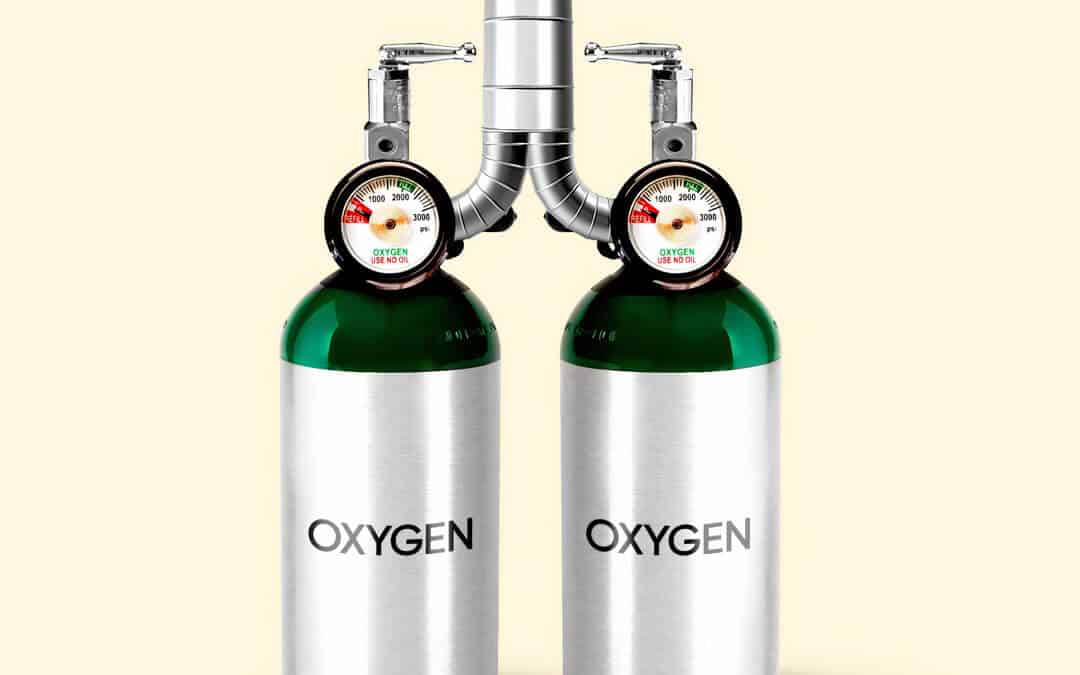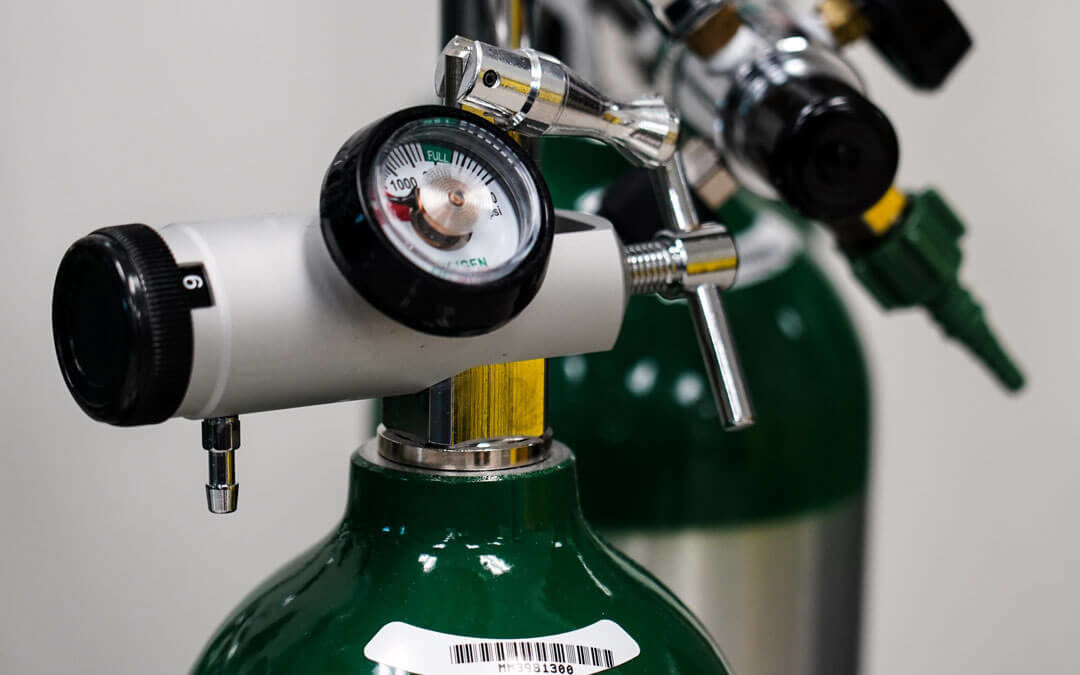In an article, “COVID-19 demands intensify efforts to ease oxygen shortages1,” the Center for Infectious Disease Research and Policy (CIDRAP) explains that the World Health Organization (WHO) estimates a rate of one million new COVID-19 cases each week, which will result in world demand for “620,000 cubic meters of oxygen each day, the equivalent of 88,000 large cylinders” of oxygen. That’s a lot of medical-grade oxygen.
For that reason alone, COVID-19 is keeping oxygen and oxygen-related issues at the center of the battle. With the COVID pandemic nowhere nearing an end, here’s a look at the continued vital role that oxygen plays in mitigating patient risk and death.
What is Hypoxemia?
People affected by COVID-19 are dying, in part, from acute respiratory failure, or the lack of the critical amount of oxygen needed for the body to maintain optimum health. According to the NIH’s COVID-19 Treatment Guidelines2,
“Hypoxemia is common in hospitalized patients with COVID-19. The criteria for hospital admission, intensive care unit (ICU) admission, and mechanical ventilation differ between countries. In some hospitals in the United States, >25% of hospitalized patients require ICU care, mostly due to acute respiratory failure.”
The Mayo Clinic3 defines hypoxemia as “a below-normal level of oxygen in your blood, specifically in the arteries.” While it can be a sign of a problem related to breathing or circulation, and may result in various symptoms such as shortness of breath, it may also be an indicator of COVID-19.

There are two types of hypoxemia: acute and chronic. While acute hypoxemia happens in a short time frame, chronic hypoxemia unfolds over a longer time period (from months to years). According to Temple Health4, the most common symptoms of acute hypoxemia include:
- Shortness of breath (or dyspnea)
- Rapid breathing
- Wheezing
- Cough
- Confusion
- Fast heart rate
- Changes in skin color
Hypoxemia can be detected using a pulse oximeter — that now-famous little device that you clip onto your finger. The pulse oximeter measures the oxygen saturation of your blood. (You can also be tested for hypoxemia through a blood sample.)
Today, with the spread of COVID-19 on a steady trajectory upward, and the Coronavirus Research Center5 at Johns Hopkins recording 4.3 million confirmed cases and 149,180 deaths in the U.S. (as of the date of this writing: July 28, 2020), the role of oxygen has never been more vital to world health.
For more information see our previous articles on “The Role of Medical Oxygen in Fighting COVID-19” or to learn more about CalOx’s services and offerings, contact us today.
2. https://www.covid19treatmentguidelines.nih.gov/critical-care/oxygenation-and-ventilation/
3. https://www.mayoclinic.org/symptoms/hypoxemia/basics/definition/sym-20050930
4. https://www.templehealth.org/services/conditions/hypoxemia/symptoms
